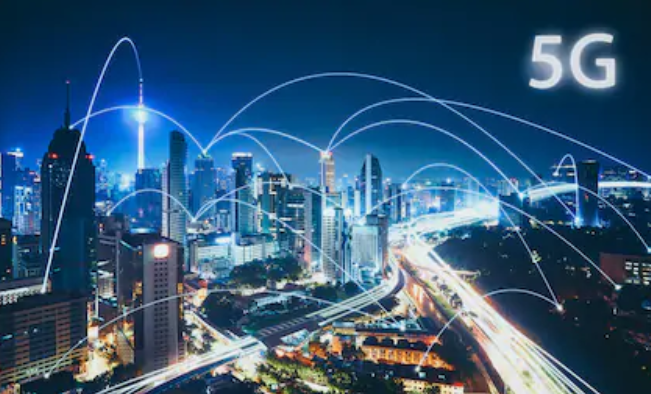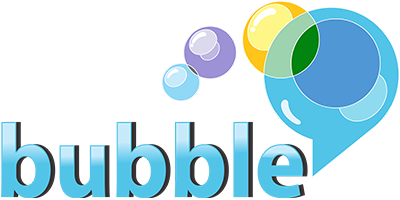The Wave of 5G: A complete overview of 5G and what you should know

What does 5G even mean? In very basic terms, it stands for “5 Generations”. As technology advanced over the years, so did the generations of speed, and therefore our lack of patience! Here is a quick history lesson on the levels of generations our Internet and devices have gone through in a short period of time.
If you think back, you may recall the progression of the network of these “generations” starting from that first cellphone. Remember those old brick phones we lugged around? How bulky, big and colorless! Where the hit game was, “snake”. If you were a cellphone user of this generation, you’ll undoubtedly remember this game! My how back then, that was considered an exciting way to pass the time. These “brick” phones were the first generation – generation “E” or “1G”. This generation didn’t last very long, as there wasn’t much to do on these phones but call other cellphone users (or play Snake!). Generation E and 1G quickly graduated into 2G, 3G and then 4G LTE.
Each new generation gave us something exiting to look forward to and rapidly evolved. 1G was the simplest, as it merely transmitted voice or sound. Next came along 2G, which introduced texting. Talk about mind-blowing technology at the time! Now you didn’t have to call someone to connect, you could just send a quick message over to the person you want to get ahold of. A very quick and concise message, that I believe had a max amount of words or “characters” you could send at a time. However, it made correspondence happen with convince and leisure. How cool. When 3G evolved, it gave us the mobile web. Now that was quite an upgrade. What did 4G LTE do? Basically, just made the previous generations about 10 times faster. So the riveting question now, and somewhat confusing one, what will 5G bring us?
The whole hoopla that is being made about 5G in easy understandable translation – it’s basically, “crazy fast”. Let’s first think about 4G, which can transmit data and messages at 2 gigabits per second. With all things considered, pretty fast, right? However, there is a latency rate with 4G. In other words, sending a message or any information to someone won’t get there instantly. There will always be somewhat of a lag in transmitting your data. Well, with 5G, it’s basically sending messages and information about 10x faster, reaching 20 gigabits per second. There is about a zero latency rate between devices! That is wicked fast. It’s allowing you to communicate in “real time”. The lag between information being transferred won’t even be noticeable or really, in existence anymore. Humans can’t even operate that fast!
Another great advantage to 5G won’t be just speed. 5G will also allow a lot more devices to connect to the Internet at once, and still remain insanely fast. This year alone there are expected to be between 20 and 30 new 5G devices released. As of now though, anything that is marketed as 5G, still needs 4G networks. Why, you might ask?
Unlike 4G, 5G cannot travel between walls yet or even through bad weather. Now that’s a bummer. Think of your microwave. You can’t “nuke” anything on the outside of it, only within the microwaves walls. 5G currently acts very similar. It achieves its’ ridiculous speed with milometer waves and maxes out at only a few hundred meters. This makes it really hard to have 5G networks working solo. Essentially 5G networks still rely heavily on 4G to make the initial connection, before it can transition and transmit data over to 5G networks, if any only where it is supported. This is technically known as the NSA – non-standalone network. Many different sources say that by the end of 2020 our 5G networks will become SA – standalone, not needing 4G to be the liaison. No matter, 4G will continue to improve as well over the next year. Especially until 5G can SA, 4G networks are desperately needed to bridge the gap. Soon, the real advantages of 5G will come in massive capacity and low latency, beyond the levels 4G technologies can achieve.
The above relationship description between 4G and 5G has caused AT&T to get a little overenthusiastic about its up and coming 5G networks. AT&T has started to call its 4G network “5G Evolution”. They’re doing this because it seems improving 4G (which will always continue to happen) as a major step towards 5G. They are technically right, of course. But the phrasing is designed to confuse less-informed consumers into thinking “5G Evolution” is in fact 5G. When it most definitely is not. So how can some carriers market a 5G network? Well to understand this, you must understand there are 3 different levels of 5G – Low, Middle & High.
In understanding 5G speeds, you need to also understand that they’re directly related to how wide the available channels are, and how many are available. In low-band, you will have narrow and very few channels available, very similar to 4G. Mid-band 5G will provide a bit more “room” or available channels. Then there will be lots of availability in high-band, since it’s technically not being used. As you can probably imagine, high-band is most attractive due to the huge amount of unused airwaves but is currently very difficult for carriers to work with.
Like other networks, 5G use a system of cell sites that divide their territory into sectors and send encoded data through radio waves. Each cell site must be connected to a network backbone, whether through a wired or wireless connection. The air interface is designed for much lower latency and greater flexibility than 4G LTE, though.
Currently businesses run on Internet speeds that 4G provides. With 5G rolling out, businesses will now be able to provide a much lower latency rate, across the board. Meaning, you’re going to be able to transmit data in less than a blink of an eye. Downloading and uploading speeds will drastically change and change the way we do business in general. Sending and receiving data via email, uploading and downloading files, will all be able to happen in what we consider as, “real time”.
This is going to completely change the way businesses are ran internally and therefore, externally. They will be able to communicate with colleagues, consumers,
product specialist, anyone and everyone, in just milliseconds. Video conferencing will have zero lag and drag. Connecting with customers across the world will all happen, so fast and smooth. No more frustrating freezes and waiting time! We are truly living in a world of the “now” with 5G entering the equation. We really are jumping into the wave of the future. Sit back, relax and enjoy the 5G ride!
